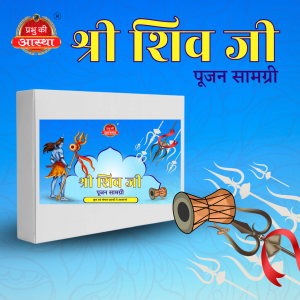Maa Sita Puja Samagri: Sacred Offerings for Worshipping the Divine Goddess
Maa Sita, the beloved consort of Lord Rama and a symbol of purity, devotion, and strength, is revered by Hindus across the world. Worshipping Maa Sita through puja is a way to seek her divine blessings for a prosperous, peaceful, and harmonious life. The Samagri (ritual offerings) used in the Maa Sita Puja are essential for creating a sacred and auspicious atmosphere, ensuring the proper conduct of the ritual, and invoking the goddess’s blessings. These offerings are carefully chosen based on their significance in the ritual, and they help enhance the spiritual energy of the occasion.
The essential Maa Sita Puja Samagri typically includes items that symbolize purity, devotion, and gratitude. A clean, decorated puja thali forms the base for all offerings. This thali usually holds a diya (oil lamp), which is lit to symbolize the light of knowledge and spiritual guidance. The incense sticks (agarbattis) are another integral item, purifying the air and inviting divine energy into the space. The fragrance of incense also helps focus the mind during the puja.
Flowers play a significant role in Maa Sita Puja. Marigolds and lotus flowers are often offered to the deity, as they symbolize beauty, purity, and devotion. The flowers are placed at the feet of the goddess’s idol or image, and sometimes, they are used to adorn her sacred form. Fresh fruits are another important offering, symbolizing nature’s abundance and the sweetness of life. The fruits are offered as a token of gratitude and to invoke blessings for prosperity and well-being.
A key part of the Maa Sita Puja is the offering of prashad, which is food prepared as an offering to the goddess. Typically, laddus, barfis, or kheer (sweet rice pudding) are offered, which are then shared with family and devotees as a symbol of divine blessings. Roli (vermilion) and chawal (rice) are used for applying tilak to the idol or the worshiper’s forehead, signifying auspiciousness and protection from negative energies.
Additionally, water is used to purify the surroundings, the devotees, and the idol of the goddess. Kumkum (a red powder) is often used to mark the goddess’s idol or for making tilak on the worshiper’s forehead, invoking blessings for health, longevity, and happiness. Betel leaves and betel nuts are sometimes offered as a gesture of respect and to complete the ritual offerings.
Finally, holy scriptures, like the Ramayan, are often recited or placed near the idol of Maa Sita during the puja. This serves as a reminder of her virtues and teachings. The Maa Sita Puja Samagri, in its entirety, helps create a spiritually charged environment where devotees can connect with the divine goddess, seek her blessings, and reinforce their faith and devotion to her.







Reviews
There are no reviews yet.